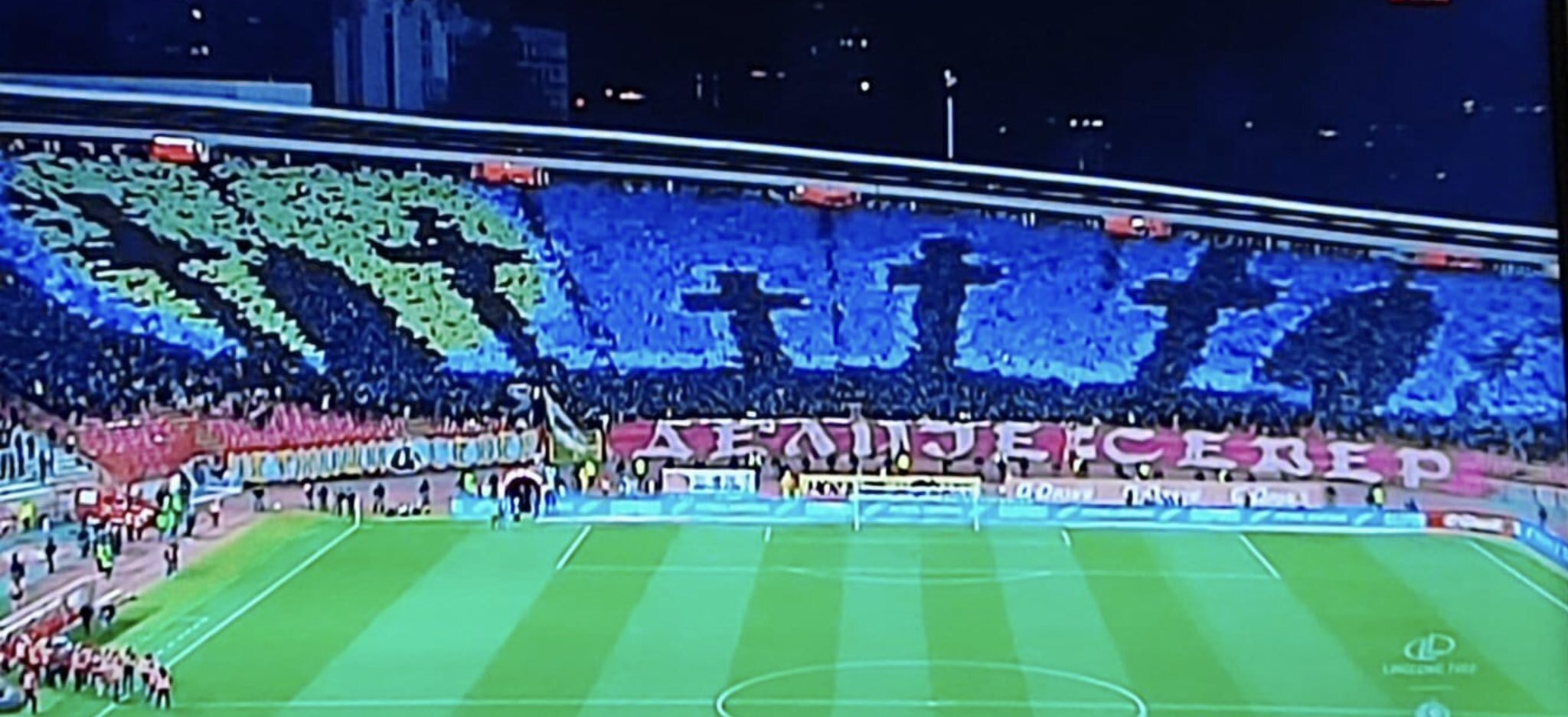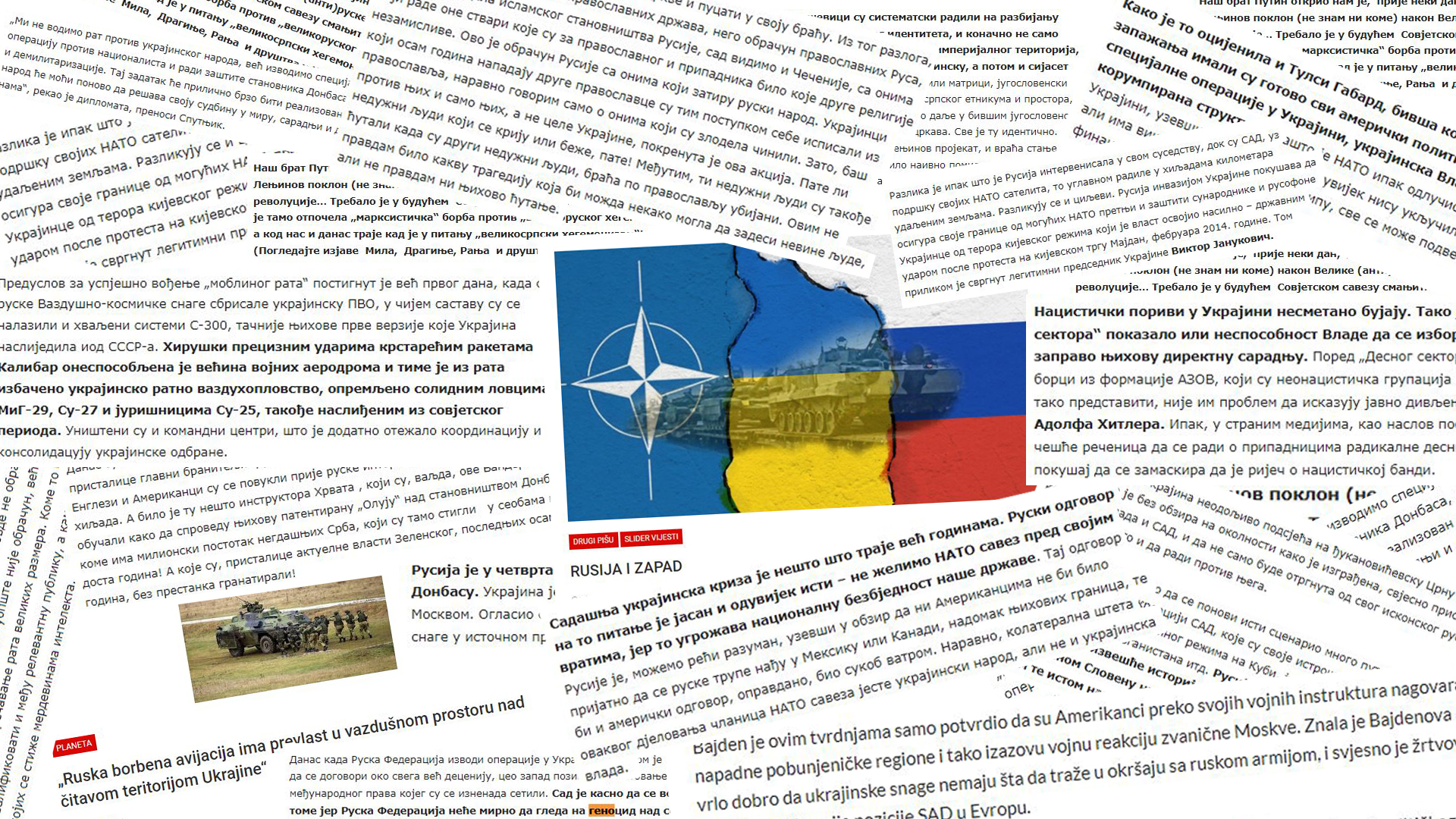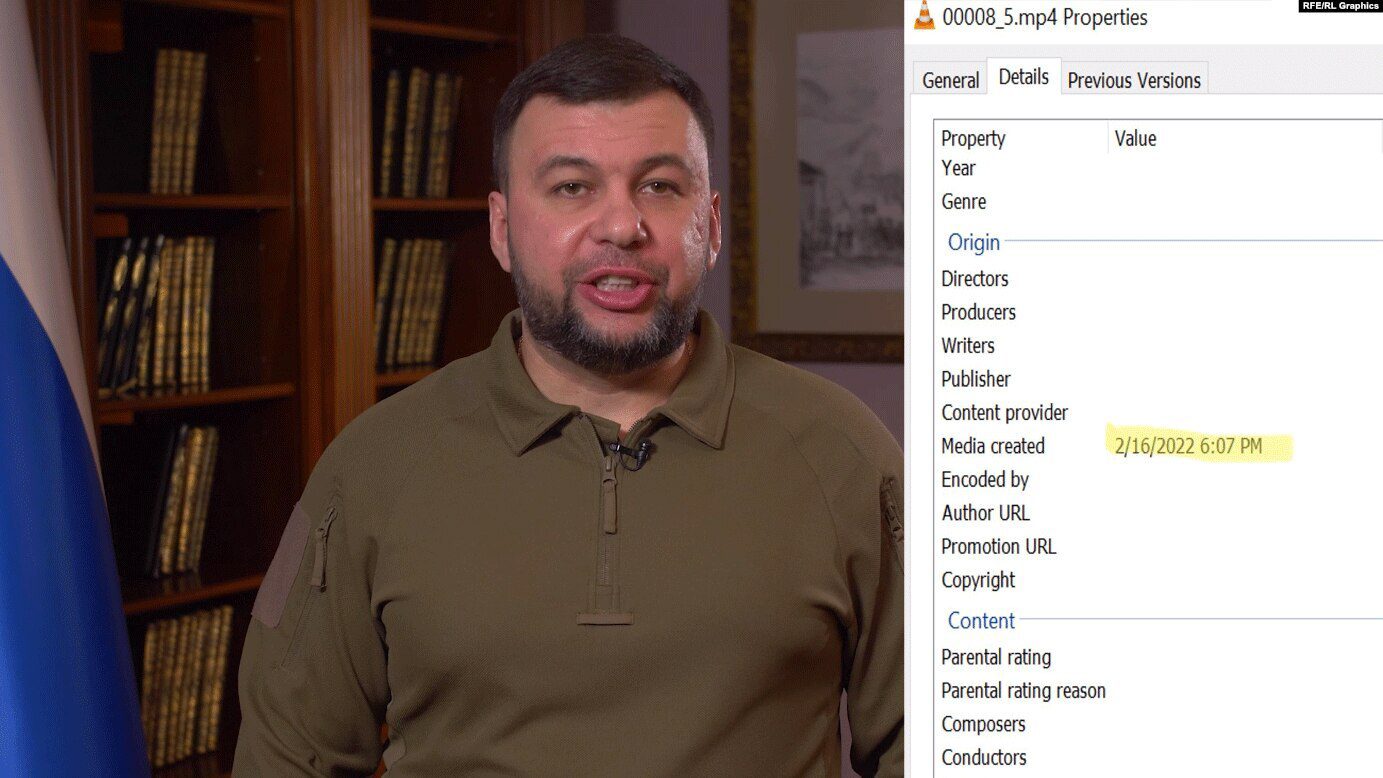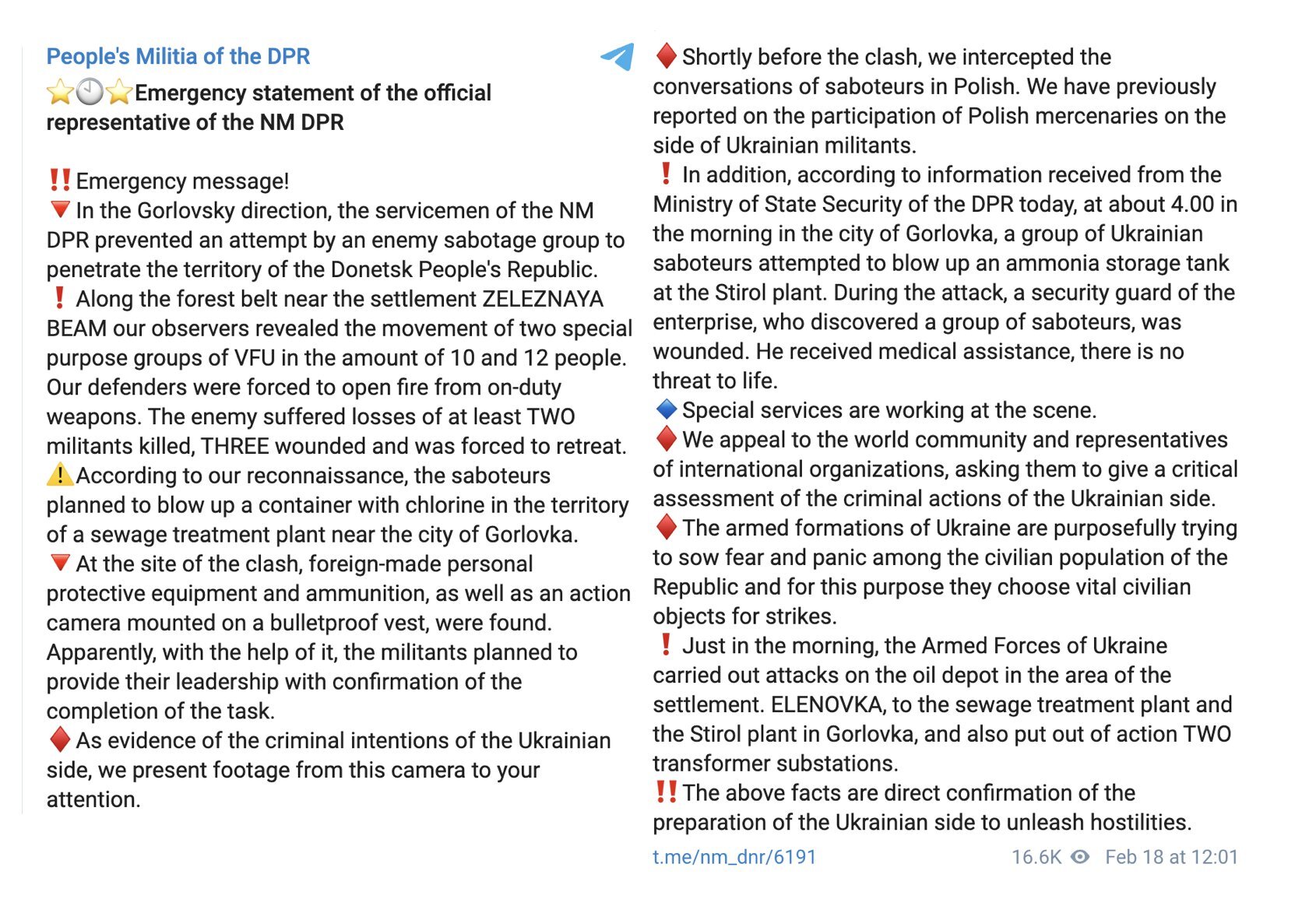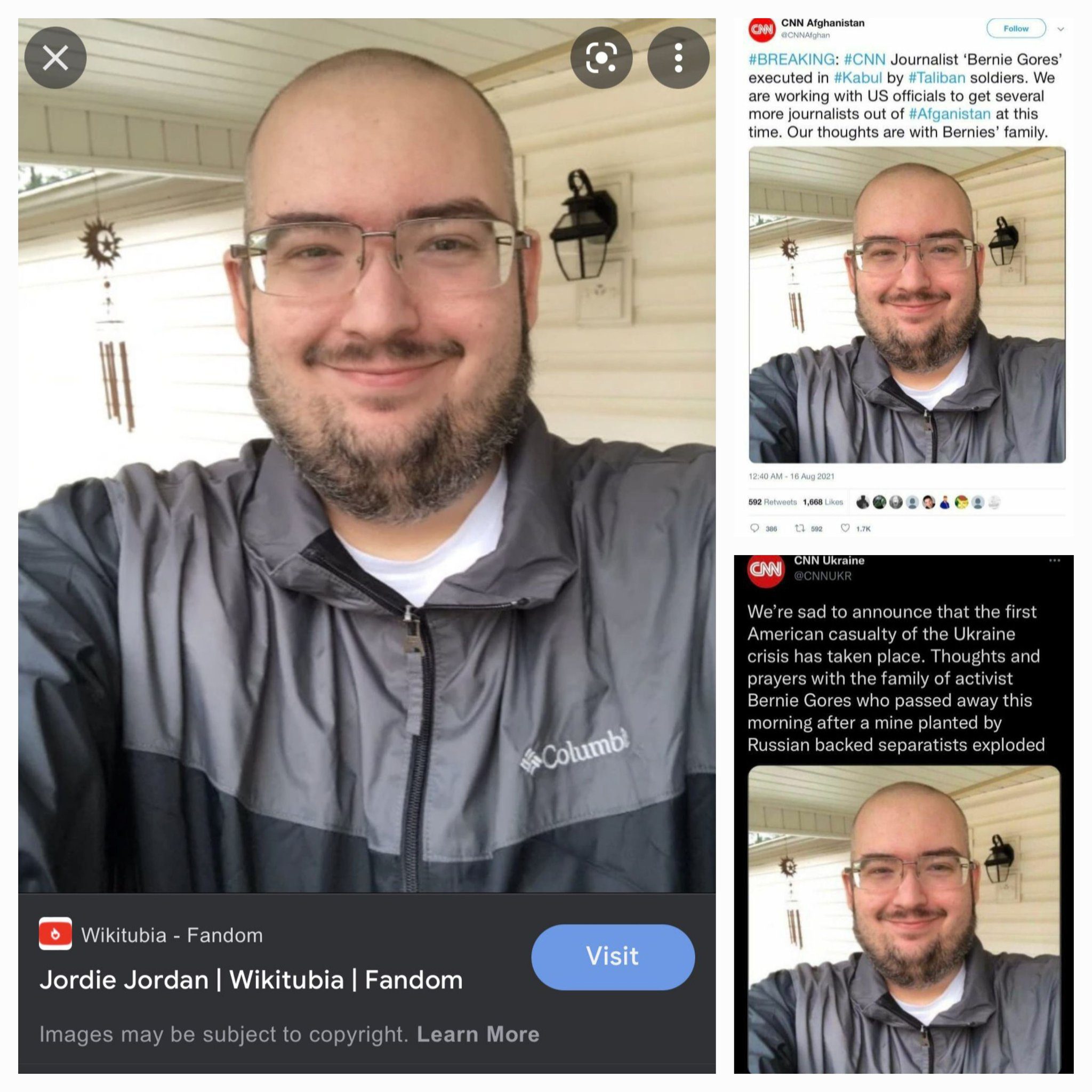As Russian bombs and cruise missiles rocked cities across Ukraine early Thursday morning, another front, that has been prepared for a long time, opened. The Internet itself quickly became a battlefield, with propaganda and disinformation that, as a smokescreen, served to blur the boundaries of reality.
A series of suspicious videos and claims, which were also broadcast by certain Montenegrin and regional media, appeared on social networks and Russian state media. The propaganda barrage aimed to justify and lay the grounds for a decision on the already planned invasion, and on the other hand to trivialize allegations from the West about Russia’s intentions.
As part of this strategy, Russian television began to actively promote information suggesting that a huge humanitarian crisis was taking place in eastern Ukraine, that residents were under heavy shelling of Ukraine, which ultimately served as an excuse for Moscow to attack.
Russian propaganda was soon influenced by certain countries, such as the Czech Republic and Poland, and then the entire European Union, which announced that it would ban Russian state media such as RT and Sputnik, which is an unprecedented move against the Kremlin’s media machinery.
The sanctions also include the main propagandists – Margarita Simonyan and the creator of the Saint Petersburg Internet Research Agency, now the famous troll factory, Yevgeny Prigozhin. On the other hand, Facebook prevented the Russian state media from monetizing content on Facebook and Instagram. YouTube blocked the Russian state media RT in Ukraine and suspended its ability to monetize its content on that platform globally.
Unlike the European Union and social networks, which are trying to mitigate the effects of Russian propaganda, it is flourishing in Montenegro. Through certain portals, TV stations, networks such as Telegram, information, that is precisely and consistently harmonized with Moscow’s views, is being spread.
Narratives on portals
The Digital Forensic Center (DFC) analyzed the deceptive narratives that most often originally came from Sputnik or RT, and which were widely spread by the Montenegrin media.
- • The main and basic postulate of these media reporting on Russian aggression is that the word aggression or war is not mentioned. Pro-Russian media and their actors prefer the terms special military operation or crisis in Ukraine – treatment consistent with Russian state media;
- • Another narrative strongly present in the Russian and pro-Russian media in Montenegro is the portrayal of Ukraine as a communist creation. Citing Putin’s words, the media put forward the thesis that Ukraine was completely created by Bolshevik Communist Russia. It is stated that Lenin and his associates did it most sloppily in relation to Russia, as Vučić accuses his predecessors of sloppiness regarding the loss of Montenegro;
- • Emphasizing their own military strength in order to demoralize Ukrainians, emphasizing their losses or weaknesses, in order to make them aware that any resistance is in vain;
- • Denazification and the Nazis – another narrative of the Russian media that presents Ukraine as a Nazi state. Putin claims to denazify Ukraine, whose president Zelensky comes from a Jewish family, by the way, and won 73% of the vote, while the far-right Svoboda party won 2.15% of the vote in Ukraine’s 2019 parliamentary elections;
- • The next narrative is that Russia is not invading, but waging a defensive war against NATO on its border;
- • Ukrainians commit genocide against the Donbas population – for the past few days, Russian state media have insisted that Putin ordered troops to engage in a peacekeeping mission in eastern Ukraine to prevent what the Russian leader called genocide of the Russian-speaking population by authorities in Kyiv. The issue of genocide was also mentioned several times during Putin’s extraordinary meeting of the Security Council on January 21 in Moscow. The issue also appeared extensively in state media bulletins, prompting separatist authorities to demand military and economic aid from the Kremlin in Donetsk and Luhansk, as well as legal recognition that ensued. By accusing the Ukrainian government of the deadliest crime against humanity, the Kremlin is not only trying to portray Kyiv as the worst villain but is also abusing a term clearly defined in the 1948 United Nations Convention on the Prevention and Punishment of the Crime of Genocide;
- • A narrative that often appears is the thesis that the West, with its expansion to the East, pushed Ukraine into conflict;
- • Denial of Ukrainian identity, i.e. identification with Russian.
Narratives on TV
As on portals, similar narratives are being spread in shows on certain TV stations with national frequencies, which are broadcast in Montenegro. The journalists of TV Prva in Montenegro do not use the terms war or Russian invasion but use the terms military operation of the Russian Army and military intervention. A parallel is being drawn with Kosovo, which has been at the forefront of the media and social networks in the Western Balkans since the recognition of Lugansk and Donetsk and the beginning of the Russian invasion of Ukraine. The situation is similar on TV Adria, where the defense of Donbas is being propagated through a special military operation. The hypocrisy of NATO and the European Union in the context of non-compliance with the principles of international law is often emphasized.
The TV Happy program continuously broadcasts official Russian narratives about the Ukrainian identity as an inauthentic and artificial creation which, as is the case with all newly formed nations, has a certain kind of intolerance in its psychology towards those from whom it gained independence. During the guest appearances on the program of that television, one could hear the views that Ukraine never existed as a state, but that it is actually Malorussia (Russian area) and that as such it is a part of the Russian civilizational heritage. The problem of such a Ukraine, which became especially evident after 2014, when Ukraine became a NATO fist, is that the Little Russians (Malorusi – as Ukrainians are called) want a rift within Russian civilization. Therefore, the Russian aggression on Ukraine is legitimized as a fight against insurgents and neo-Nazis who do not respect international agreements and who have been committing genocide against the Russian people in Ukraine for eight years. Their attitude towards Russians and Russian politics is also characterized as an attitude that is worse than the Shqiptar attitude towards Serbia.
The West, above all the United States and NATO, has been portrayed as a factor that has played an active role in provoking the conflict in Ukraine because its expansion towards the East has caused Russia’s unrest, which was a red line that could not be crossed. The events in Ukraine are being simplified, and the war is being reduced to the level of a crisis. It is also pointed out that NATO left Ukraine stranded and that it is not ready to clash with a country that is a nuclear power. Since January last year, the broadcasting of TV Happy in Montenegro has been limited due to chauvinistic and misogynistic content promoted to Montenegrin citizens, which this television has constantly placed. However, such content is still available on YouTube.
Fake news aimed at affirmation
As Russian President Vladimir Putin prepared for the invasion this week and recognized the two separatist-claimed parts of Ukraine as independent and sovereign states, dubious videos and claims, which were also broadcast by certain Montenegrin and regional media appeared on social media and Russian state media.
- • Planned evacuation
A striking example of such hybrid media activity is the video of Denis Pushilin, who is formally at the head of the self-proclaimed Donetsk People’s Republic, who called for an emergency evacuation on his Telegram channel on February 18, citing sudden Ukrainian aggression. However, unlike most other networks, Telegram keeps the metadata of the files, and they reveal that the video was created two days earlier, on February 16, which suggests that an emergency evacuation was planned in advance.
With this move, they planned and implemented the refugee crisis, placed people in camps in Russia, in order for the Russian state media to record them and presented them as evidence of the refugee crisis, continuing to spread narratives about the alleged genocide of Donbas. Moscow then used this and other reasons as part of its justification for the planned invasion of Ukraine.
This fake news was shared on the IN4S portal and then spread through Telegram channels.
- • Staged saboteurs
On February 18, the fake news was published on the IN4S portal that, on the territory of the self-proclaimed Donetsk People’s Republic, representatives of the People’s Militia prevented saboteurs from trying to break through and blow up chlorine containers in the vicinity of Horlivka.
As it turned out, this is another edited video. What is it really about?
On February 18, the Telegram channel of the press service of the People’s Militia of the Donetsk People’s Republic published a video in which it is claimed that it shows a sabotage operation aimed at chlorine tanks. The description of the video claims that the saboteurs planned to blow up the chlorine tank on the territory of the wastewater treatment plant near the town of Horlivka, and the video was allegedly taken from an action camera owned by one of the saboteurs.
As published on the Telegram, the video preserved all the metadata that clearly indicates two things – first, that the video itself was made on February 8, and not 18, as claimed, and second, that the audio in the recording was modified, i.e. that another audio channel is inserted in addition to the original. A search of the name of that audio file leads to a YouTube video of the same name, from a military training ground in Finland, which shows numerous explosions. It was the audio of one of those explosions that was incorporated into the video from the Telegram channel, to add to the intensity of the alleged fire exchange.
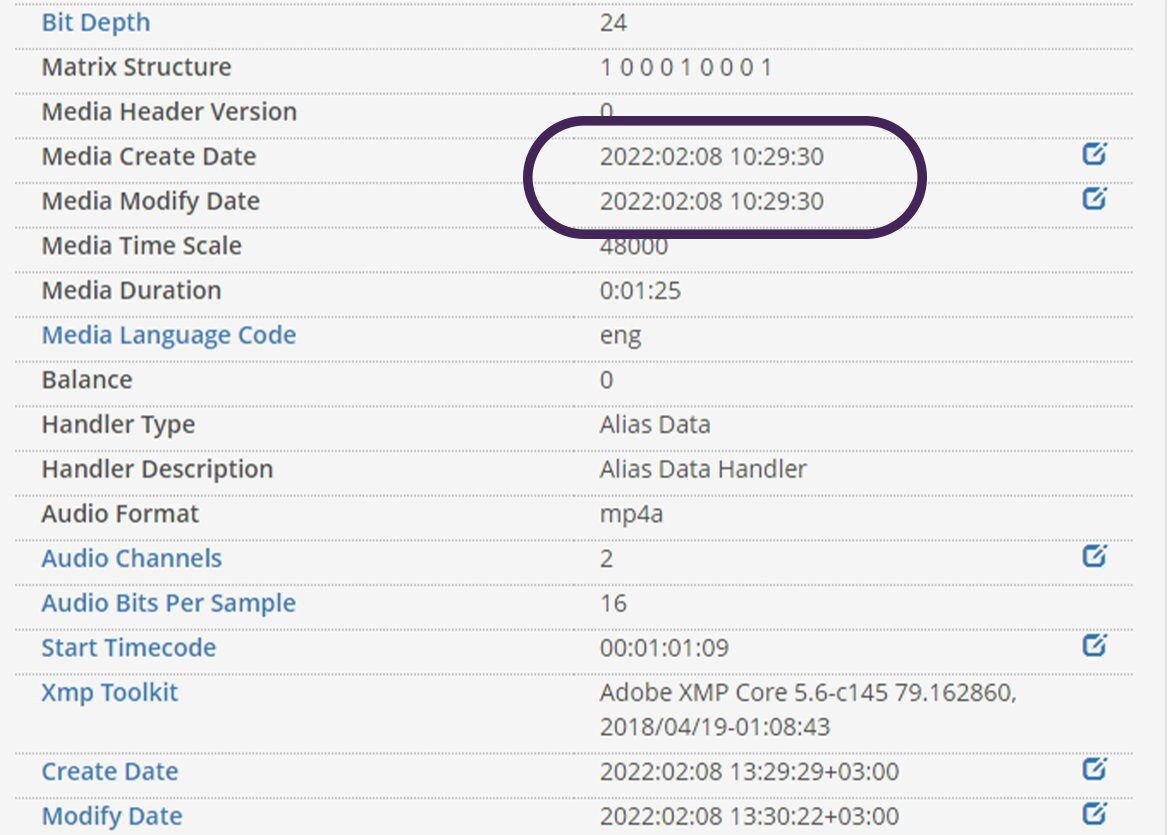

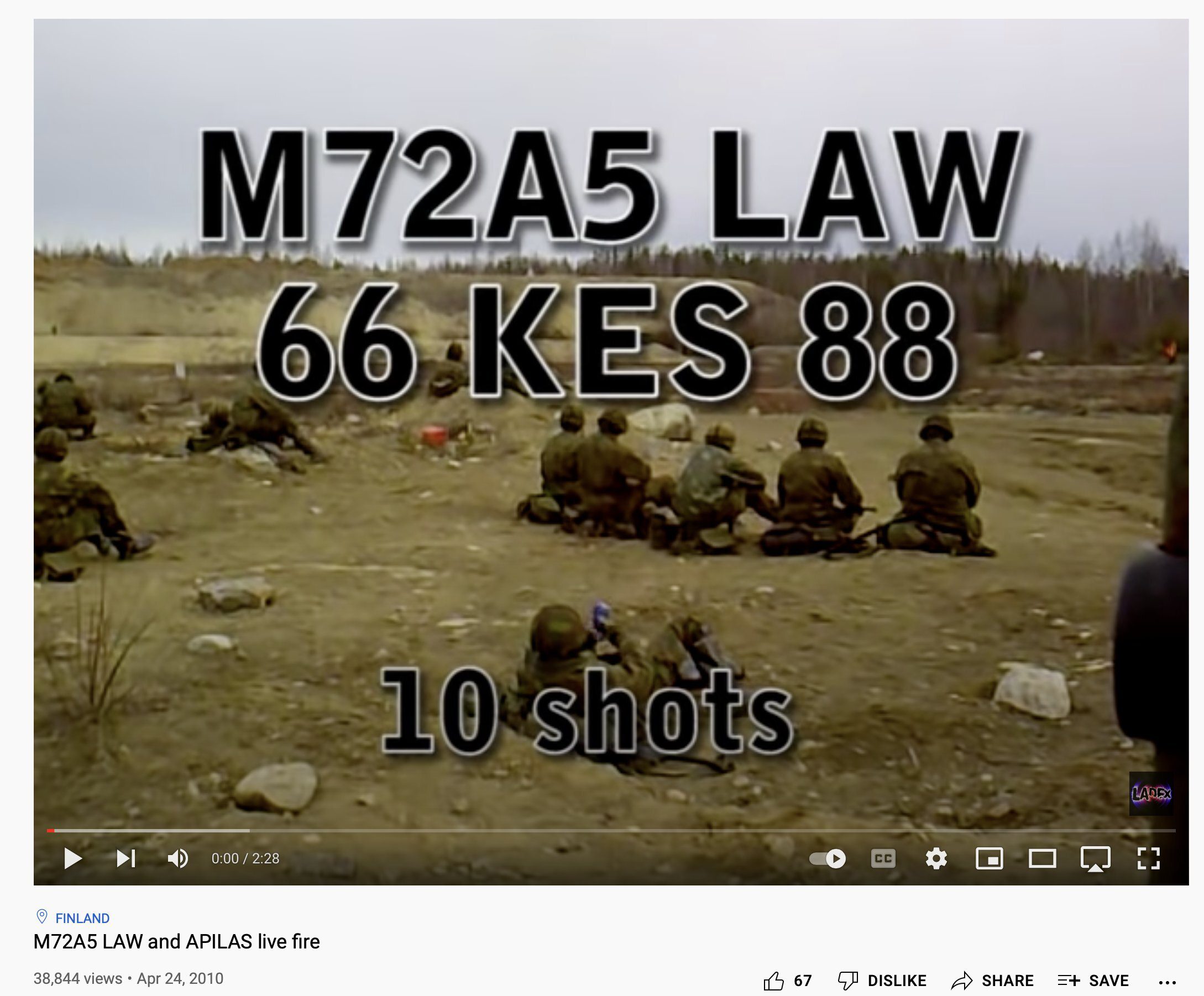
In an attempt to create a casus belli for the Russian invasion, the separatists published false allegations, using a fake video on the saboteurs, claims that were then propagated in the Russian and pro-Russian media.
- Fake Twitter accounts spread the news of the death of a CNN reporter
On Wednesday, February 23, a fake tweet from an account falsely presented as CNN announced the first American victim of the Ukrainian crisis.
The tweet – from the unverified, now suspended @CNNUKR account states: Thoughts and prayers with the family of activist Bernie Gores, who passed away this morning after a mine planted by Russian-backed separatists exploded.
The announcement was quite similar to another fake CNN tweet published in August when the Taliban took control of Afghanistan. In that case, the unverified and suspended account of @CNNAfghan said in a tweet from August 16, 2021: The journalist of #CNN ‘Bernie Gores’ was executed in #Kabul by #Taliban soldiers.
In both cases, the tweets included a photo of the same man. It is a stolen photo of gamer Jordi Jordan, not a non-existent journalist Bernie Gors.
CNN confirmed in August that the account from Afghanistan was not theirs, while the @CNNUKR account was used in the information war, and was created in February, having only 129 followers. Twitter suspended the account immediately after the fake tweet on February 23.
This fake news was also published by IN4S, under the title: Virus of fake tweets of CNN in the middle of the Ukrainian-Russian crisis: The journalist passed away twice – in Afghanistan and Ukraine.
An analysis of the DFC shows how the Russian and pro-Russian media are actively fomenting current tensions by publishing fake or deceptive allegations of Ukrainian aggression and misleading narratives

